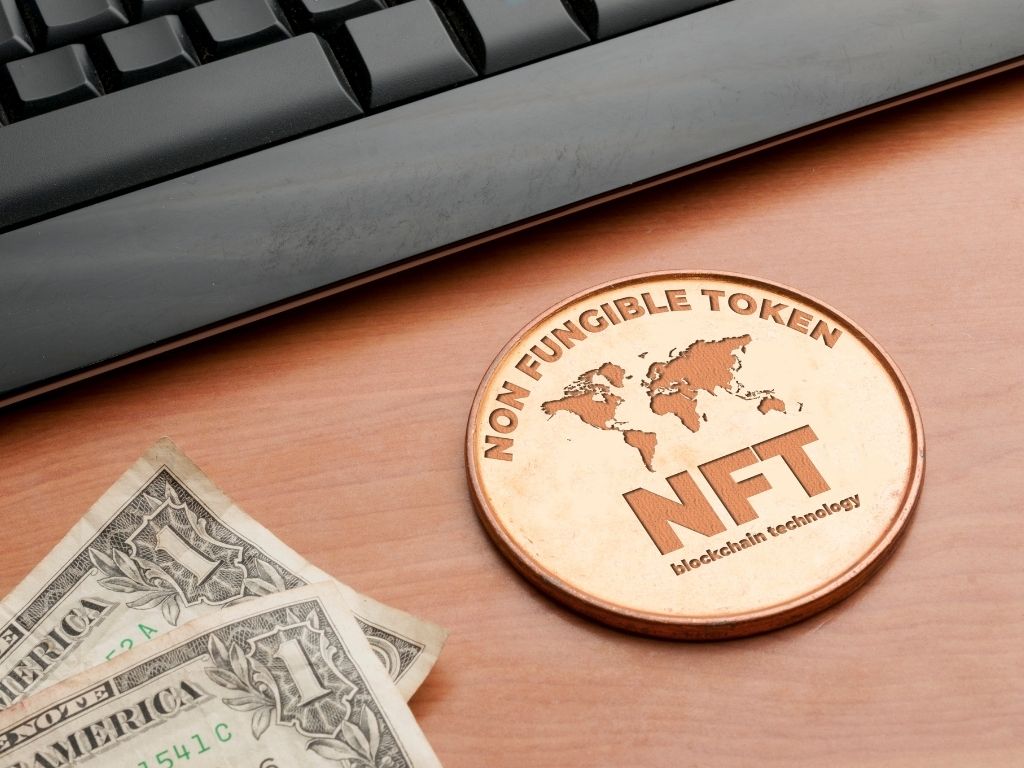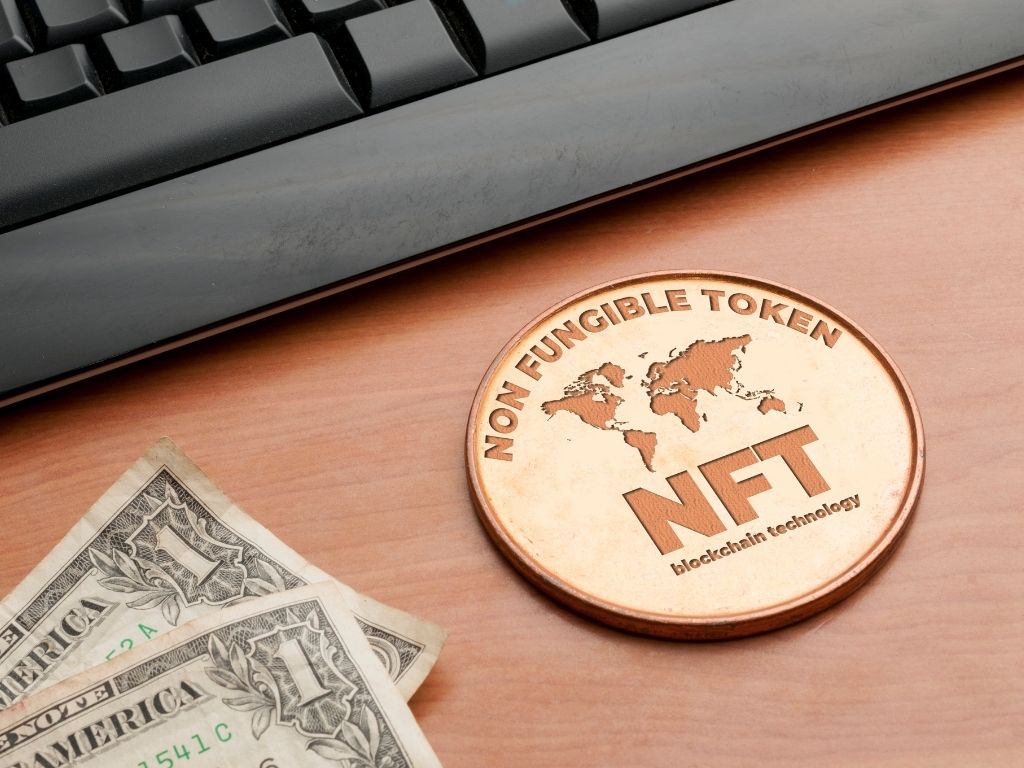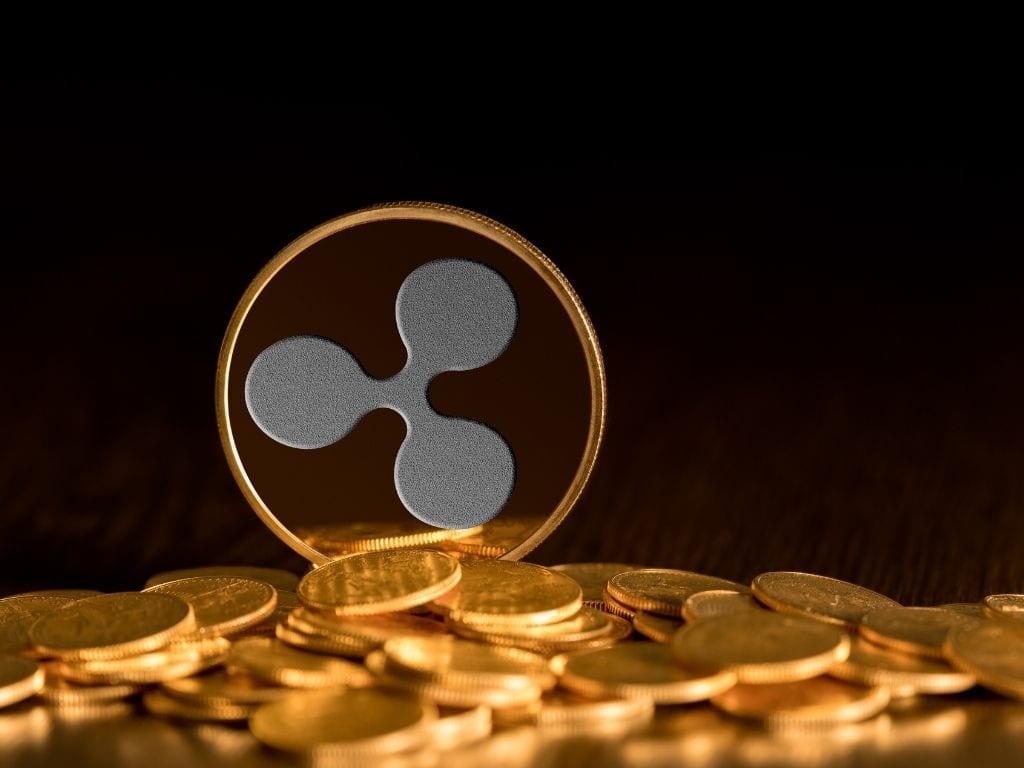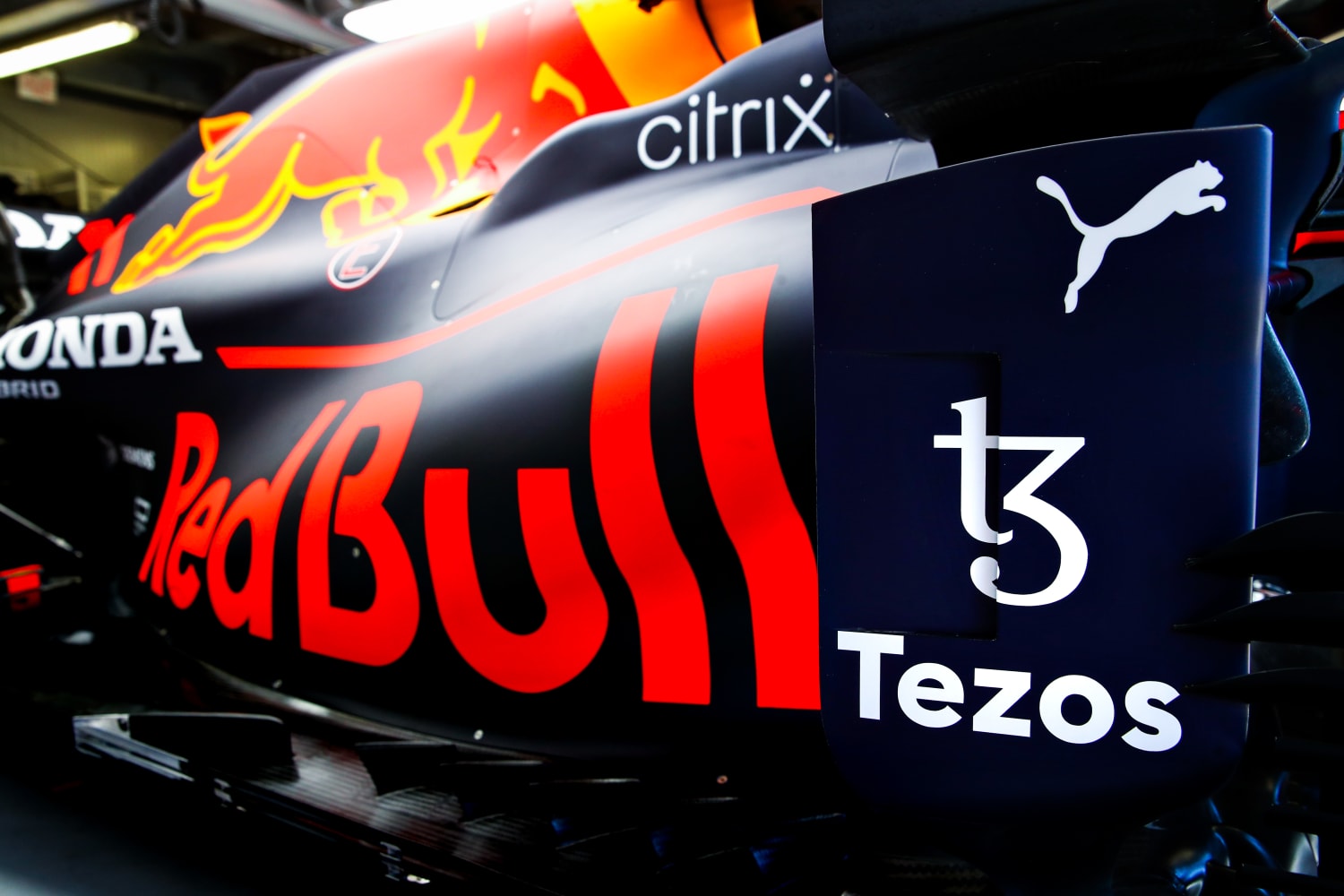How to Use Basic Machine Learning to Predict and Recommend NFTs?
Data-driven, algorithmic product recommendations are all over the place. In introductory machine-learning classes, they are frequently a chapter or modules. They’re in today’s commercial products and platforms’ engines. You’re aware of it: You talk about Halloween preparations with a friend, and the next time you check your inbox, an ad claims you need a Harry Potter costume.
Cryptography has a long history of stressing privacy and independence. Unfortunately, there aren’t many recommender systems in the NFT domain because of this dominant cultural norm.
Evolution of NFTs: Culture, Utility and Regulation
Here’s a modest NFT recommendation. I use a vast quantity of OpenSea data as well as some basic machine learning techniques. As a result, a standalone module exists that forgets about specific wallets and keeps track of ownership patterns. These patterns can then be leveraged to allow you to traverse recommendations voluntarily: recommendations based on public ledger statistics.
I begin my blog post by demonstrating how we can anticipate NFT ownership in wallets with various asset kinds. After that, I will show you a new interface called Spar. Spar, named after an ancient navigational tool, allows you to select a subset of NFTs that you own or enjoy and then suggest more NFT asset kinds. These suggestions are based on statistical trends found in the hundreds of thousands of OpenSea wallets that own several NFTs. Let’s begin with a thought that may surprise you.
Also, read – 4 Cryptocurrency and Blockchain Stories That Hold a Mirror to Our Culture
Most Wallets Own a Single Type of NFT Asset
I created the following network map of ownership based on my recent examination of OpenSea data. The outside ring of nodes represents unique ownership – the vast majority of wallets on OpenSea (over 90%) possess only one type of asset. Grey nodes represent wallets with two or more assets. These “many owners interconnect the environment.”
How to Create an NFT Wallet for Yourself?
Why is there so much focus on a single project? Three huge projects account for more than half of this single ownership: CryptoKitties (20,000), MLB Champions (40,000), and CryptoStamp (150,000!). These could have been generated automatically for certain wallets, or they could be one-time purchases.
Another factor could be security. For example, some investors may have separate wallets for different projects. So if keys are misplaced, you only lose one type of asset.
Despite this trend of single-ownership, we still have a lot of data from wallets with many asset types. In OpenSea’s huge data snapshot, about 5% of the over 400,000 wallets have multiple NFT types. That’s 20,000 wallets as a starting point for a fun prediction model. Can we tell what NFT a person has based on their other NFTs? For example, can we forecast that a wallet with a Cryptovoxels parcel and some SuperRare art also contains a sought-after Josie artwork?
Predicting NFT ownership through Machine Learning
Let’s look at those 20,000 wallets that have a variety of NFTs. First, let’s create a simple prediction model for each project (Cryptovoxels, Gods Unchained, etc.). To do so, I took a random sample of wallets that either owned or didn’t own that project. Then I examined the ownership pattern across all other projects to figure out which of these wallets owned the project. To put it another way, I chose data at random that comprised 50% owners of, say, CryptoKitties and 50% that did not. I then used information on what other NFTs those wallets held (Gods Unchained, Cryptovoxels, etc.) to see if I could figure out who owned CryptoKitties within the 50 percent.
By design, there’s a 50/50 chance here. I wanted to test how far we could go using multiple regression, one of the most basic out-of-the-box machine learning technologies. Because there is such a wide range of ownership, I simplified the model by predicting only ownership rather than the amount of ownership.
I’ll need a large amount of data to make this work. I selected projects with 180 or more owners for this first showcase (wallets). Is it possible to anticipate whether a wallet includes a specific NFT based on ownership patterns? Here are the outcomes.
The majority of projects can be forecasted with a greater than 50% likelihood of success. Thus, we can predict SuperRare ownership with an accuracy of over 80% using this method. Of course, the ownership of a project can’t always be projected as “good” or “bad.” For example, it could indicate that a project is making amusing cross-project connections or that it is being “typecast.” And these findings could shift with a new sample or over time. However, the overall conclusion is that basic machine learning is sufficient to forecast ownership.
But, how does the approach operate in practice? The graph below depicts the linkages between initiatives and how one project predicts ownership of another. This depicts the regression model “behind the scenes.” When a project is owned, it activates (or deactivates) the projects to which it is linked, and the model’s expectation that a wallet will own it rises. The regression model is a type of “circuit” that connects projects that have been trained. The arrows highlight some significant connections, such as that Known Origin owners are more likely to be SuperRare owners.
Using Machine Learning as a Recommender
So, what exactly are you missing out on? You can get information by looking at the projects you don’t own and utilizing your ownership pattern to make recommendations. For example, I put the taught machine learning model onto a website I termed “Spar.”
Spar is the name given to an ancient navigational gear (a type of crystal) used to determine the solar position on a cloudy day at sea. This name was chosen not only because of the thematic appeal but also because the program is only a basic, early version of an NFT recommender.
Spar only requires certain information. I’m not asking for your pocketbook to give it some. I don’t track wallets, IPs, or anything else in the name of crypto privacy. Spar displays a list of NFT projects, which you can select by clicking on the ones you own or prefer. The technology generates suggestions as you click. NFTs that are recommended stand out from the pack.
Stay informed with daily updates from Blockchain Magazine on Google News. Click here to follow us and mark as favorite: [Blockchain Magazine on Google News].
Get Blockchain Insights In Inbox
Stay ahead of the curve with expert analysis and market updates.
latest from tech
Disclaimer: Any post shared by a third-party agency are sponsored and Blockchain Magazine has no views on any such posts. The views and opinions expressed in this post are those of the clients and do not necessarily reflect the official policy or position of Blockchain Magazine. The information provided in this post is for informational purposes only and should not be considered as financial, investment, or professional advice. Blockchain Magazine does not endorse or promote any specific products, services, or companies mentioned in this posts. Readers are encouraged to conduct their own research and consult with a qualified professional before making any financial decisions. The featured image used is just a creative depiction of the title and it does not intend to hurt sentiments of any person or institution. If it hurts anyone sentiments, please do not hesitate to reach out to Blockchain Magazine.

 Bitcoin
Bitcoin  Ethereum
Ethereum  XRP
XRP  Tether
Tether  Solana
Solana  USDC
USDC  Dogecoin
Dogecoin  Cardano
Cardano  Lido Staked Ether
Lido Staked Ether  TRON
TRON  Wrapped Bitcoin
Wrapped Bitcoin  Wrapped stETH
Wrapped stETH  Chainlink
Chainlink  Avalanche
Avalanche  Sui
Sui  Stellar
Stellar  Litecoin
Litecoin  Toncoin
Toncoin  Shiba Inu
Shiba Inu  Hedera
Hedera  LEO Token
LEO Token  MANTRA
MANTRA  USDS
USDS  Hyperliquid
Hyperliquid  WETH
WETH  Polkadot
Polkadot  Bitcoin Cash
Bitcoin Cash  Bitget Token
Bitget Token  Ethena USDe
Ethena USDe  Wrapped eETH
Wrapped eETH  Uniswap
Uniswap  Monero
Monero  NEAR Protocol
NEAR Protocol  Pepe
Pepe  WhiteBIT Coin
WhiteBIT Coin  Aave
Aave  Bittensor
Bittensor  Ondo
Ondo  Aptos
Aptos  Internet Computer
Internet Computer  Dai
Dai  Official Trump
Official Trump  Ethereum Classic
Ethereum Classic  Mantle
Mantle  Tokenize Xchange
Tokenize Xchange  OKB
OKB  Gate
Gate  sUSDS
sUSDS  Coinbase Wrapped BTC
Coinbase Wrapped BTC 




